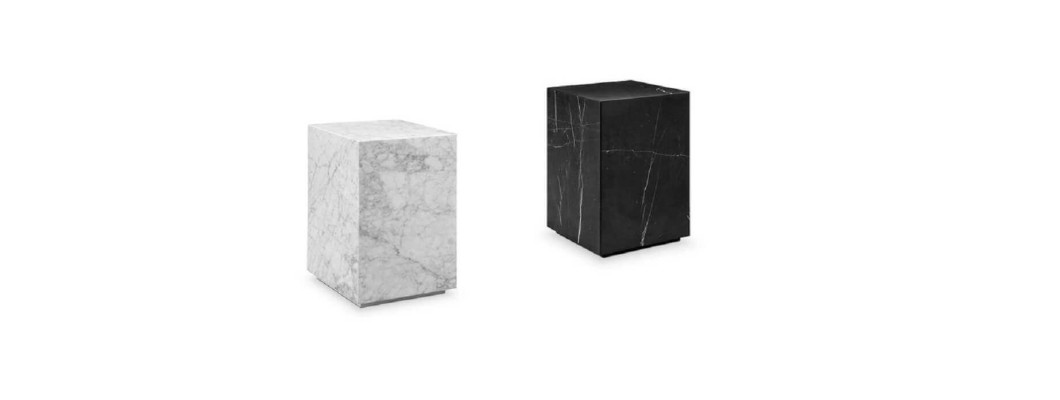
Mermerlerin Fiziksel Özellikleri
Mermerin Estetik ve Dayanıklılığını Şekillendiren Fiziksel Özellikler
Mermer, doğanın
bir sanat eseri olarak kabul edilen ve çağlar boyunca mimarlık, heykelcilik ve
dekorasyon dünyasında önemli bir rol oynamış eşsiz bir taş türüdür. Bu eşsiz
malzemenin birçok farklı özelliği, onu diğer taşlardan ayıran ve estetik ile
dayanıklılığı bir araya getiren özellikleri içermektedir. Bu blog yazısında,
mermerin fiziksel özelliklerini detaylı bir şekilde inceleyerek, bu değerli
taşın neden bu kadar özel olduğunu anlamaya çalışacağız.
1. Sertlik: Mermer, Mohs sertlik ölçeğinde 2.5 ile
5.5 arasında değişen bir sertliğe sahiptir. Bu, mermerin dayanıklılığını ve
çizilmeye karşı direncini belirler. Daha sert mermer türleri, uzun ömürlü ve
aşınmaya karşı daha dirençli olabilir.
2. Özgül
Ağırlık: Mermerin özgül
ağırlığı genellikle 2.5 ile 2.7 g/cm³ arasında değişir. Bu özellik, mermerin
yoğunluğunu ifade eder ve malzemenin sağlamlığına katkıda bulunur. Daha yüksek
özgül ağırlığa sahip mermer, genellikle daha dayanıklı ve sağlam olma
eğilimindedir.
3. Birim Hacim Ağırlığı: Birim hacim ağırlığı, mermerin işlenmiş bir formdaki yoğunluğunu gösterir. Yüksek
kaliteli mermerler genellikle daha yüksek birim hacim ağırlığına sahiptir, bu
da daha dayanıklı ve uzun ömürlü olmalarına katkıda bulunur.
4. Renk: Mermerin renk paleti geniş bir
yelpazede yer alır. Beyaz, gri, siyah, yeşil, kahverengi, sarı gibi doğal renk
tonlarına sahiptir. Her bir mermer bloğu, içerdiği minerallerin kombinasyonuna
bağlı olarak kendine özgü renk özellikleri sunar.
5. Doluluk
Oranı: Doluluk oranı,
mermer bloğunun içindeki boşluk oranını belirler. Düşük doluluk oranına sahip
mermerler, genellikle daha dayanıklı ve sağlam olma eğilimindedir. Bu özellik,
mermerin uzun ömürlülüğünü etkiler.
6. Su Emme
Oranı: Su emme oranı,
mermerin porozitesini belirler. Düşük su emme oranına sahip mermerler, suya
dayanıklıdır ve dış etkenlere karşı daha dirençlidir. Bu özellik, mermerin dış
mekan kullanımına uygunluğunu etkiler.
7. Porozite: Porozite, mermerin içindeki gözenekli
yapıdır. Düşük porziteli mermerler genellikle daha dayanıklı ve su geçirmezdir.
Bu özellik, mermerin suya dayanıklılığını etkiler.
8. Cila
Tutma: Mermer, cilalama
işlemine oldukça uygun bir yüzeye sahiptir. Bu özellik, mermerin parlak ve
pürüzsüz bir yüzey elde etme kabiliyetini belirler, estetik açıdan önemlidir.
9.
Saydamlık: Mermerin
saydamlığı, içerdiği minerallere bağlı olarak değişir. Genellikle opak bir
yapıya sahip olmasına rağmen, bazı türlerde hafif bir saydamlık görülebilir.
10. Köşe ve
Kenar Kesimi: Mermer,
mükemmel bir şekilde kesilebilir ve şekillendirilebilir. Bu özellik, özel
tasarımların ve detaylı kesimlerin yapılmasını mümkün kılar, estetik açıdan
önemlidir.
11. Termal
İletkenlik: Mermer,
termal iletkenlik özelliğine sahiptir. Bu, mermerin sıcaklığı hızla iletebilme
yeteneğini ifade eder. Mermer yüzeyleri genellikle serin hissedilir, bu
özellik, mutfak tezgahları ve banyo lavaboları gibi sıcaklık değişimine maruz
kalan alanlarda tercih edilmesine katkıda bulunur.
12.
Dayanıklılık ve Çizilmeye Karşı Direnç: Mermer, günlük kullanıma, çizilmelere ve aşınmalara karşı
direnç gösterir. Bu özellik, mermerin dayanıklılığını ve uzun ömürlülüğünü
sağlar, aynı zamanda estetik açıdan önemlidir.
13. Asit
Direnci: Mermer,
asitlere karşı direnç gösteren bir taştır. Ancak, uzun süreli maruz kalma
asitlere karşı zarar verebilir. Bu nedenle, mermer yüzeylerin doğru bakımı ve
temizliği önemlidir.
14. Renk ve
Desen Çeşitliliği: Her
bir mermer bloğu, kendine özgü desenlere ve renklere sahiptir. Bu, her bir
kullanılan mermerin benzersizliğini vurgular ve estetik çeşitliliği artırır.
15. Kristal
Yapısı ve Yoğunluk:
Kristal yapısı sayesinde, mermer güçlü ve yoğun bir taş türüdür. Yoğunluğu,
mermerin dayanıklılığını artırır ve genel sağlamlığını güçlendirir.
Bu fiziksel özellikler, mermerin estetik ve dayanıklılık özelliklerini birleştirerek, onu benzersiz ve çok yönlü bir malzeme haline getirir. Estetik taleplerle dayanıklılık ihtiyaçlarını birleştiren mermer, mimari ve dekorasyon dünyasında haklı bir ün kazanmıştır.
